In the wake of advancing technology, the demand for displays is steadily increasing. However, besides technical specifications such as resolution, refresh rate, and color performance, more and more consumers are starting to pay attention to display certification standards to ensure high-quality visual experience and safeguard visual health while using them. So, what are some of these certification standards you should know about?
TÜV Rheinland Certification
TÜV Rheinland is a renowned German technical inspection agency founded in 1872, specializing in product safety, quality certification, and testing services. Its comprehensive eye care certification program evaluates multiple factors that impact visual comfort and health.
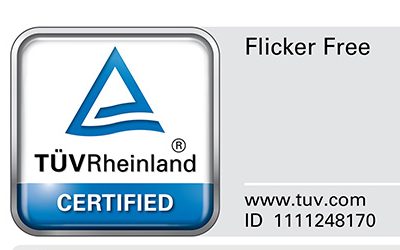
Flicker-Free Certification
TÜV Rheinland’s Flicker-Free certification addresses one of the most common causes of eye strain in modern displays. This certification ensures that displays eliminate low-frequency PWM (Pulse Width Modulation) flickering, which occurs when LED backlights rapidly turn on and off to control brightness.
Key benefits:
- Reduces eye fatigue and headaches caused by imperceptible flickering
- Particularly important for users who spend long hours in front of screens
- Essential for professional work environments and gaming
Low Blue Light Certification
TÜV Rheinland also offers Low Blue Light certification, which limits the emission of harmful blue light wavelengths (380-500nm) that can disrupt sleep patterns and potentially cause long-term eye damage. Displays with this certification maintain color accuracy while reducing blue light exposure by up to 30%.
Eyesafe Certification
Eyesafe, a U.S. company founded in 2012, specializes in blue light protection technology for screens. Its goal is to reduce harmful blue light and its impact on eye health and sleep, without sacrificing color quality. This technology was developed by eye care professionals, engineers, and industry leaders.

Based on research showing that high-energy visible (HEV) blue light (435-440 nm) can damage retinas and disrupt sleep, Eyesafe, working with partners like TÜV Rheinland, created blue light protection standards for devices like phones, tablets, and monitors.
Eyesafe’s main certifications, Low Blue Light Certification and the Eyesafe Certified 2.0 standard, aim to minimize harmful blue light while preserving display quality on various screens.
- Certification Content:
- Low Blue Light Certification: Assesses the blue light emissions of screens in the 435-440 nanometer band, ensuring they are below a safe threshold while avoiding color distortion caused by excessive blue light filtering. Eyesafe RPF60 technology is its core solution, effectively filtering harmful blue light while preserving the screen’s color accuracy.
- Eyesafe Certified 2.0 Standard: This is an upgraded standard launched by Eyesafe in collaboration with TÜV Rheinland, applicable to high-end displays (such as Samsung’s 34-inch QD-OLED monitor). This standard not only focuses on blue light emissions but also includes comprehensive performance aspects such as screen flicker and color gamut coverage.
- Radiance Protection Factor (RPF): Eyesafe has introduced a blue light protection factor (RPF) rating system, similar to the SPF for sunscreen, to help consumers intuitively compare the blue light filtering effectiveness of screens. For example, RPF60 indicates that the screen can effectively filter 60% of harmful blue light.
- Circadian Friendly Certification: In collaboration with TÜV Rheinland, Eyesafe certified screens (such as LG’s OLED TV and monitor panels) are verified to have a reduced impact on the human circadian rhythm, helping to maintain healthy sleep patterns.
DisplayMate Certification
DisplayMate Technologies, founded in 1991 by Dr. Raymond Soneira, is the industry’s leading professional display evaluation organization. Their rigorous testing methodology has become the gold standard for display quality assessment.
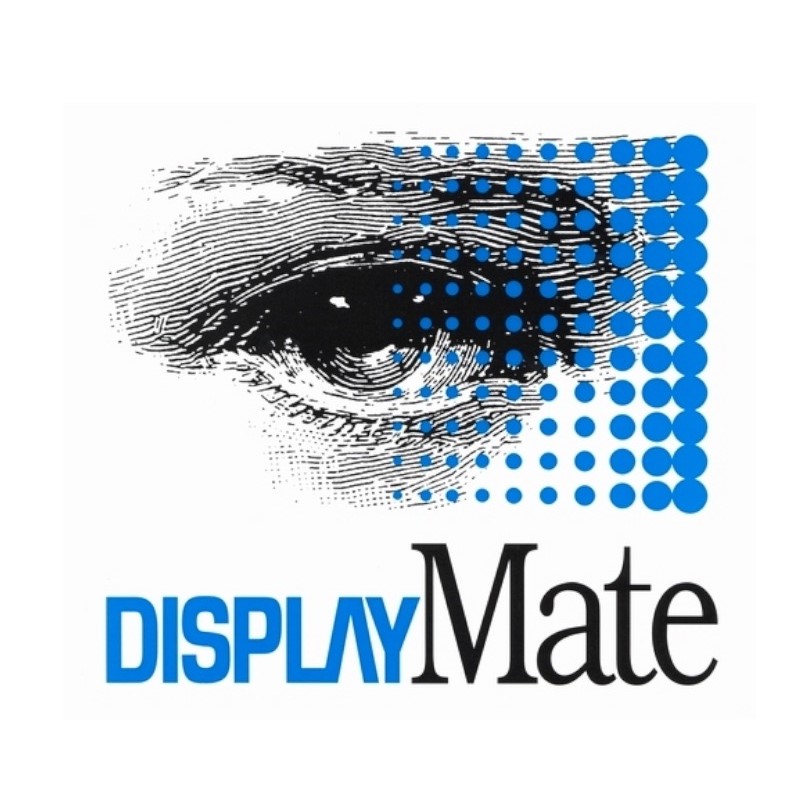
Comprehensive Display Analysis
DisplayMate certification evaluates displays across multiple dimensions:
- Color Accuracy: Measuring color gamut coverage, color temperature accuracy, and gamma response
- Brightness and Contrast: Assessing peak brightness, black levels, and contrast ratios
- Uniformity: Testing brightness and color consistency across the entire screen
- Viewing Angles: Evaluating color and brightness stability from different viewing positions
- Motion Performance: Analyzing pixel response times and motion blur characteristics
Industry Recognition: DisplayMate awards are highly coveted, with their “Best Smartphone Display Award” being considered the pinnacle of mobile display achievement.
Energy Star Certification
Energy Star is a joint program of the U.S. Environmental Protection Agency (EPA) and the U.S. Department of Energy (DOE), launched in 1992 to promote energy efficiency and reduce greenhouse gas emissions.
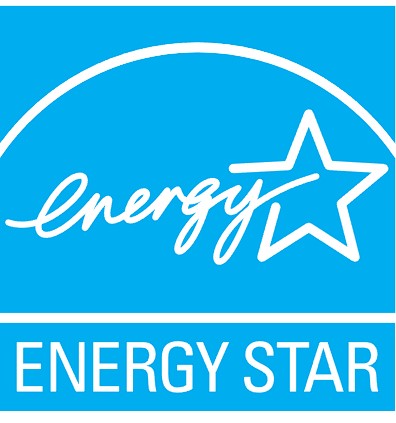
Energy Efficiency Standards
Energy Star certification for displays requires meeting stringent energy consumption limits:
- On-Mode Power Consumption: Displays must consume significantly less power during normal operation
- Sleep Mode Efficiency: Strict limits on standby power consumption (typically under 1 watt)
- Automatic Power Management: Required features include automatic brightness adjustment and sleep mode activation
Environmental Impact: Energy Star certified displays typically consume 25-50% less energy than conventional models, translating to significant cost savings and reduced carbon footprint over the product’s lifetime.
Click here for a complete list of ENERGY STAR certified Displays
VESA Certification
VESA (Video Electronics Standards Association) is an international standards organization focused on displays and display technologies. Its DisplayHDR certification aims to evaluate displays’ capabilities in rendering high dynamic range (HDR) content.

DisplayHDR certification is divided into different levels, ranging from DisplayHDR 400 to DisplayHDR 1000, representing displays’ performance levels in brightness, contrast, color range, etc. Displays obtaining this certification can deliver richer and more realistic visual effects. HDR display effects are crucial for video and gaming experiences as they can showcase a broader color range and finer brightness details.
TCO Certification
TCO (Swedish: Tjänstemännens Centralorganisation) is an organization established by the Swedish Confederation of Professional Employees, and its Green Office Environmental Label (Green Office Automation and Telecommunications Equipment Environmental Label) focuses on environmental certification for office equipment.
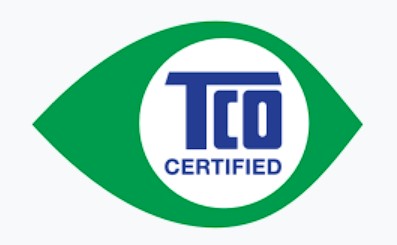
TCO certification requires displays to meet a series of environmental, ergonomic, and quality standards. These standards include energy efficiency, material selection, recyclability, radiation emission limits, and ergonomic design to minimize the environmental and health impacts of using displays. For example, TCO standards may require displays to use recyclable materials, reduce waste emissions, and consider ergonomic design for comfortable prolonged usage.
EPEAT Certification
EPEAT (Electronic Product Environmental Assessment Tool) is an environmental assessment tool for electronic products issued by the EPEAT Environmental Assessment Committee. It aims to promote environmentally friendly design and production of electronic products.

EPEAT certification evaluates displays’ environmental performance, including energy efficiency, material selection, product lifecycle management, etc. Displays obtaining EPEAT certification are typically manufactured using environmentally friendly materials, with lower energy consumption and longer lifespans, helping reduce the environmental impact of electronic waste. For example, EPEAT certification may require displays to have designs with detachable components for easier maintenance and updates, thus extending product lifespans and reducing electronic waste generation.
UL Certification
UL (Underwriters Laboratories) is an independent product safety certification organization founded in 1894, headquartered in Illinois, USA. Its certification mark is one of the globally recognized safety marks.
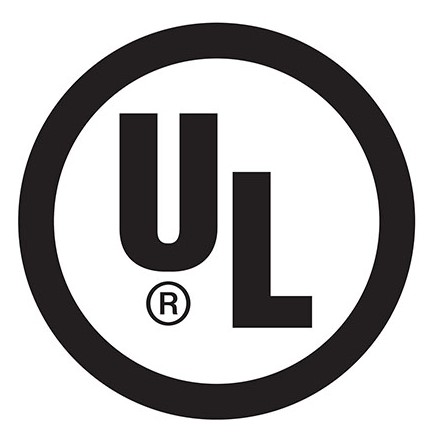
UL certification ensures that displays meet relevant product safety standards, including electrical safety and radiation safety, among others. Displays obtaining UL certification undergo rigorous testing and evaluation, ensuring safe usage without posing safety hazards to users. UL certification typically involves comprehensive testing of various aspects of displays, such as the safety of electrical components and compliance with radiation emission levels.
These are some common display certification standards, each focusing on different aspects. Consumers can choose the appropriate certification standards based on their needs when making purchases.